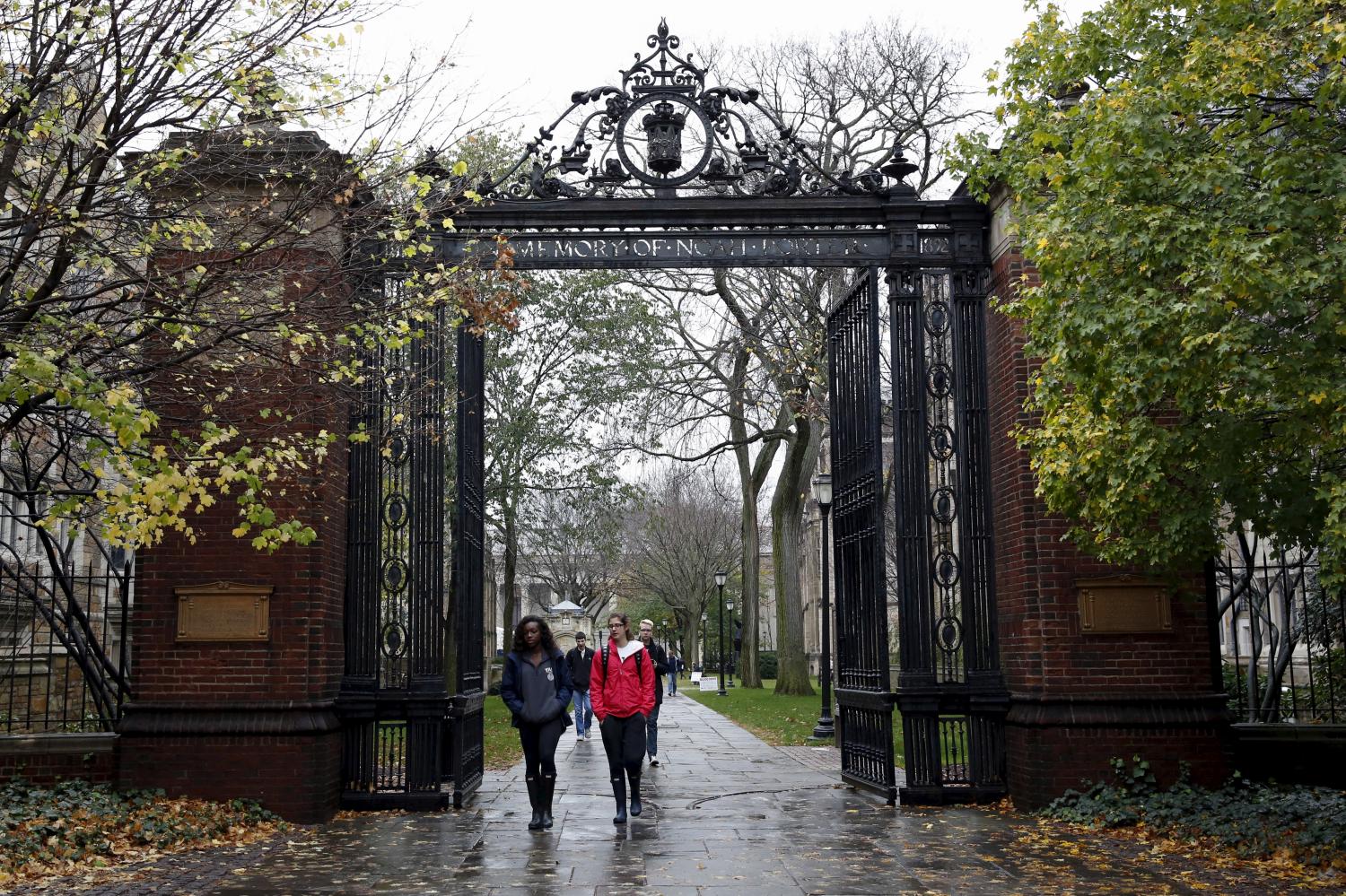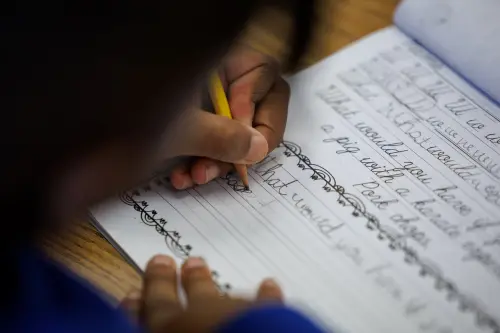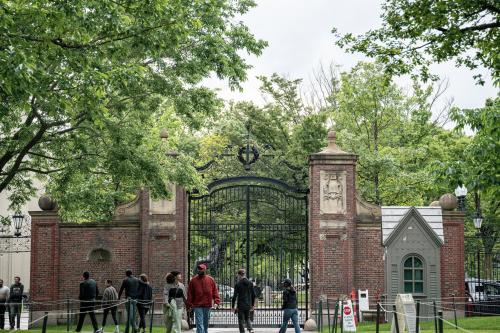Baby Boomers got a pretty good deal when it came to college. True, only a small fraction of high school graduates went to college—and those people were mainly male, white, and well-off. But with family support, some work, and perhaps a modest Pell Grant, college costs were such that those who did go could usually make ends meet. The labor market offered a bonus to those with a college degree, but did not require one. There were good-paying jobs for people who were not college graduates.
That world is gone. Young people from all families—and older workers in need of new skills—want to attend college, and plan on enrolling. Many end up with the debt but without the degree: a recipe for defaulting on loans. Lower-income individuals, people of color, and women know that there’s no economic security in their futures without at least some sort of college credential. Research confirms this: Brookings’ Ron Haskins has called a college education a “powerful” intervention like no other.
Financial aid: failing
In the 1970s, targeting financial aid for the poorest individuals made sense—after all, most people didn’t want to attend college, it wasn’t required, and college costs were low enough that the Pell Grant largely covered the bills.
Today, that model is failing: the vast majority of the populace wants access to affordable, high-quality public higher education, it is required by the modern labor market, and college costs are so high that grants and scholarships provide but a meager discount restricted to only a fraction of students with financial need. Means-tested financial aid, administered via a massive bureaucracy, leaves out both the very poorest—who cannot navigate the system—and squeezes the middle-class, who are offered only loans.
America can’t afford to ignore the calls for a broad, inclusive system of public higher education that helps families obtain economic security. In other words, a universal, free system. This will have progressive effects—tearing down the price and bureaucratic barriers will matter most to the poorest people, who have made very little progress accessing college under the current system. But the benefits will be broadly shared. Completion rates for working and middle-class students will rise as their opportunity costs of college are more fully covered. Accreditation reform and greater accountability should accompany the shift to free college, in order to ensure quality and a high return on public investment.
Time for a universal college movement
When the movement for free public high school began in the 1800s, many opposed it, calling it “a contrivance of the rich to rob the poor.” They were wrong—when high school became free, families from all walks of life came to get educated. Some will argue that the United States can’t afford to make college free. The truth is, we can’t afford not to.
Up next in our series: Isabel Sawhill on tying financial aid to performance, not just family income.
The Brookings Institution is committed to quality, independence, and impact.
We are supported by a diverse array of funders. In line with our values and policies, each Brookings publication represents the sole views of its author(s).





Commentary
Make college free
October 16, 2015